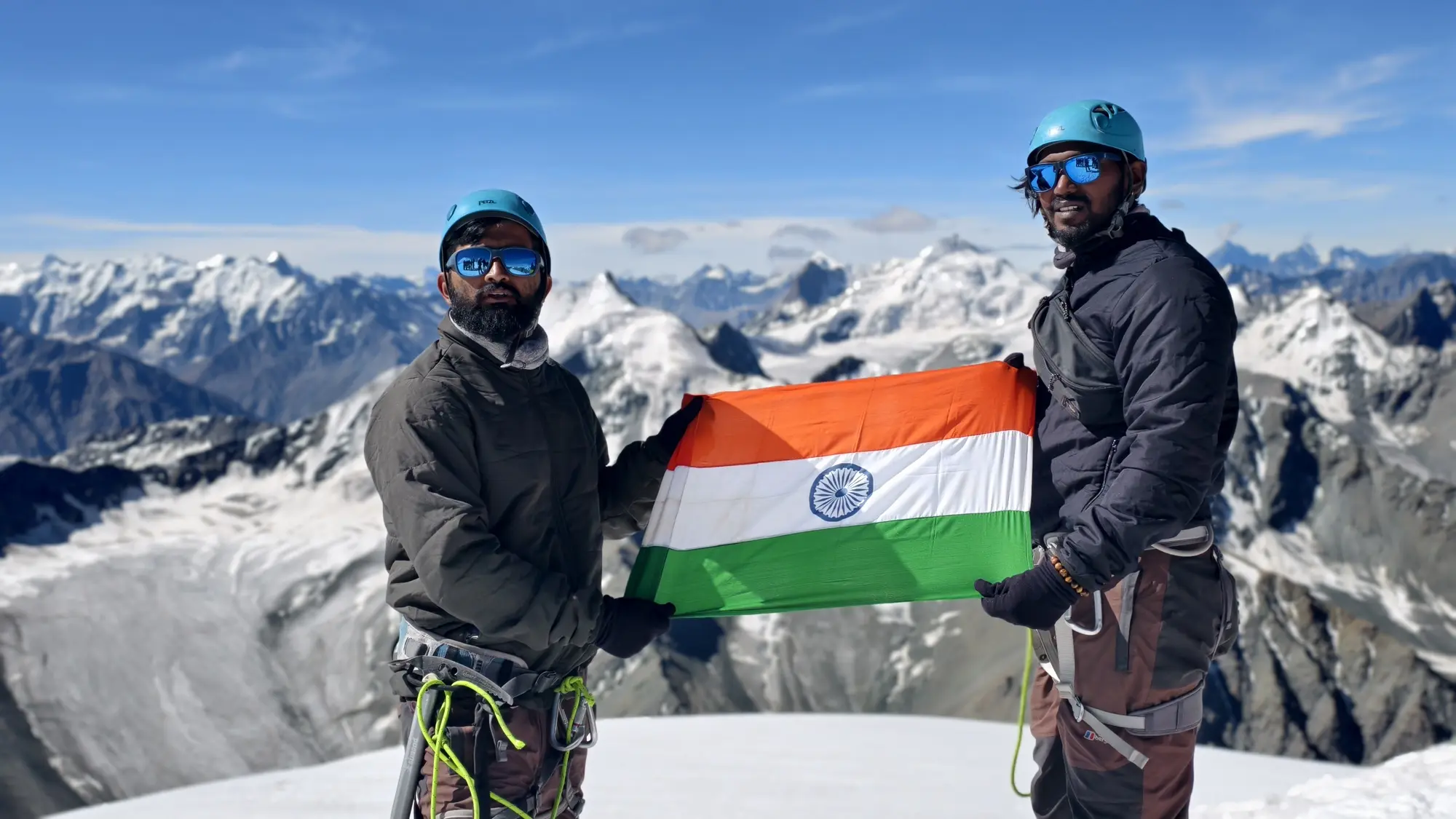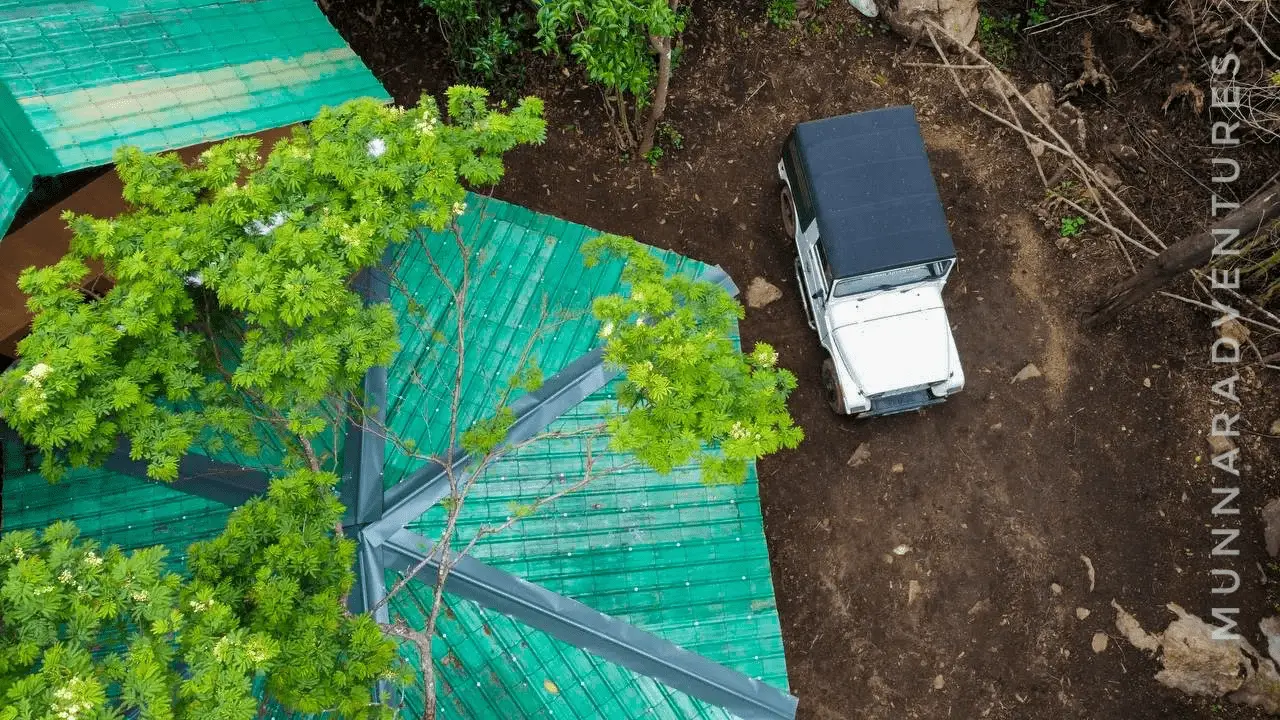The Gravity-powered Thrill: Understanding The Science Behind Ziplining at Adventron Dual Zipline, Surianelli
Gravity-Driven Excitement: The Science of Ziplining
Ziplining is not just a heart-pounding adventure but also a captivating scientific phenomenon. Understanding the mechanics of ziplining can help you appreciate the ride and the safety measures in place.
Gravity and Energy Conversion: When you zipline, you convert potential energy into kinetic energy. Gravity propels you down the line, and your speed is influenced by your weight, the angle of the cable, and the tension in the line. A steeper cable angle and less tension result in higher speeds.
The Role of Friction: Friction is crucial in ziplining. Without it, you wouldn’t be able to slow down or stop at the end of the ride. Applying the hand brake creates friction between the brake block and the cable, slowing you down and ensuring a safe stop. Without friction, controlling your speed would be impossible.
Newton’s Laws of Motion: Newton’s laws of motion are at play during ziplining. Newton’s first law states that an object at rest will stay at rest unless acted upon by an external force. In ziplining, gravity acts as the external force that initiates movement. Newton’s second law indicates that an object’s acceleration is proportional to the force applied and its mass. In ziplining, gravity provides the force, and the rider’s mass determines acceleration.
Engineering Marvels: Zipline Equipment and Mechanics
The design and engineering of the zipline system are critical to its functionality and safety.
The Zipline Cable: The cable is the backbone of the zipline system, providing the foundation for the ride. It is usually made of high-strength steel, such as Galvanized Aircraft Cable, or synthetic materials like Kevlar or nylon, capable of supporting riders’ weight and withstanding gravitational forces.
Tensioning Systems: Tensioning systems keep the zipline cable taut, reducing wear and tear and ensuring a smooth ride. Proper tension is vital for the zipline’s overall functionality. A loose cable can cause a jerky ride, while an overly tight cable can strain the system and increase the risk of accidents.
Braking Mechanisms: The braking system designed by Adventron provides extra safety to riders. These braking systems are essential for controlling speed and ensuring a safe stop at the end of the ride. Adventron uses advanced braking mechanisms to ensure maximum safety and smooth deceleration.
Pulley Systems: The pulley is a crucial component of the zipline system. It attaches to the cable and provides a smooth ride for the rider. Made from durable materials like stainless steel or aluminum, the pulley is designed to withstand high speeds and friction. It also has bearings that ensure a smooth glide along the cable, reducing wear and tear on both the pulley and the cable.
Harness Systems: The harness is designed to keep riders safe and secure during the zipline experience. It is typically made from high-strength materials such as nylon or polyester webbing, which can withstand significant force. The harness distributes the rider's weight evenly, ensuring comfort and safety. It includes adjustable straps to fit various body sizes and is equipped with safety features such as reinforced stitching and quick-release buckles for easy removal after the ride.
From Theory to Experience: Adventron Dual Zipline Adventure
Every aspect of ziplining, from potential energy propelling you down the cable to kinetic energy ensuring a safe stop, is a scientific marvel. At Adventron Dual Zipline in Surianelli, Munnar, you can experience this thrilling adventure amidst stunning views of forest canopies and tea plantations. Don’t miss out on this once-in-a-lifetime experience—book your adventure today!



